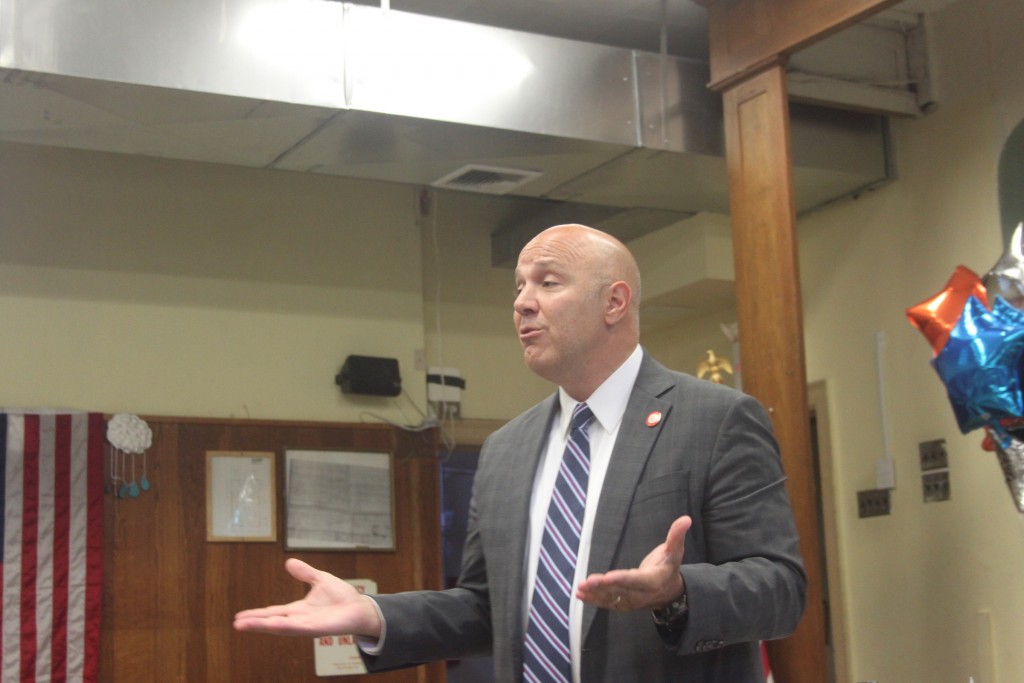“Frank Skala Way” is coming to Bell Boulevard.
Councilman Paul Vallone announced last week that the corner of Bell Boulevard and 40th Avenue will be co-named in honor of the late community activist.
A retired teacher who founded the East Bayside Homeowners Association, Skala created the first series of alumni books and an alumni association for Bayside High School.
He co-founded the Friends of Bayside High School and was also a former member of Community Board 11. He also organized the Bell Boulevard Restoration coalition and was a member of the Coast Guard Restoration Advisory Board at Fort Totten.
“Frank Skala was a fiercely dedicated community activist and civic leader,” Vallone said. “I look forward to hosting a co-naming ceremony in the coming months so that Bayside will forever remember Frank and the enormous impact he had on our history and quality of life.”
“My family is thrilled by this honor. Dad lived in Bayside for over seven decades. It was never his goal to be popular,” said Bonnie Skala Kiladitis. “It was to be remembered. Remembered for doing what was right for his beloved hometown.”
“Anyone who knew my father knew that there was only one way! The Frank Skala Way.”


You must be logged in to post a comment.